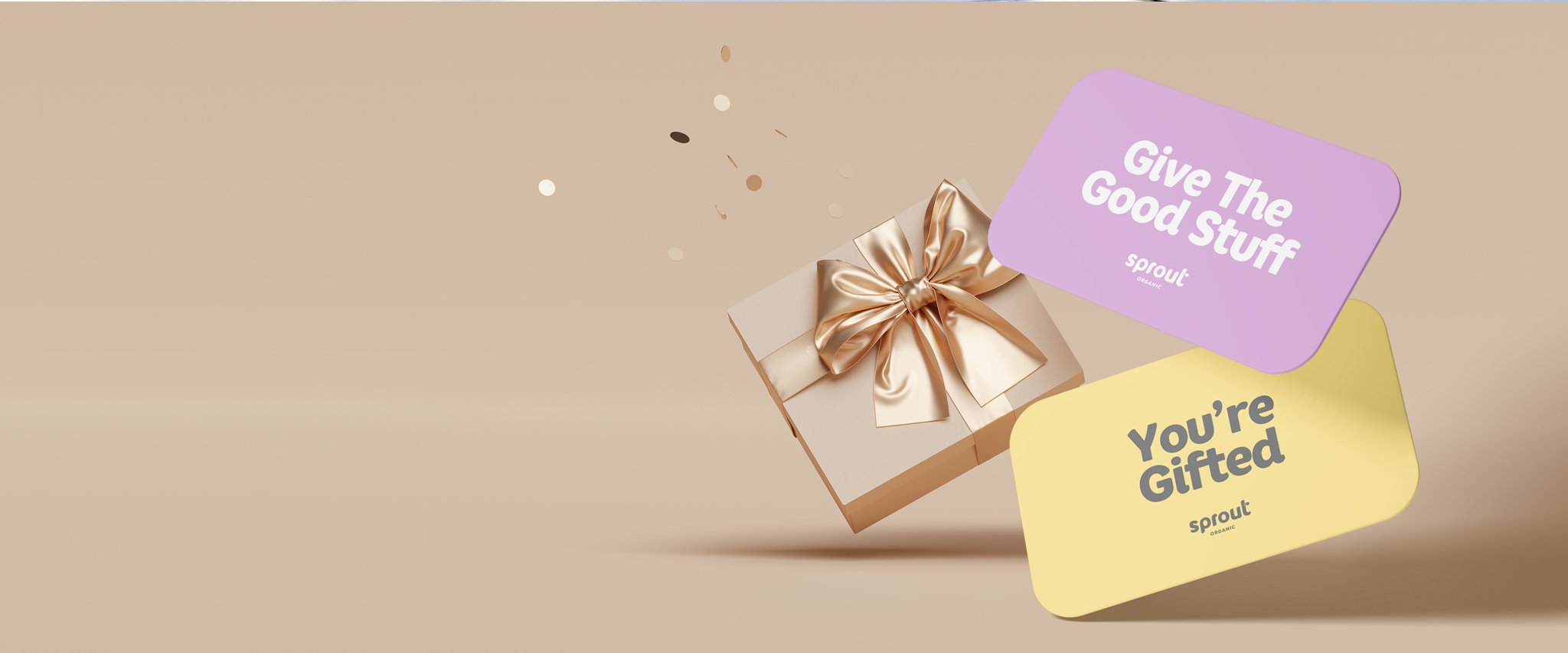Iron Essentials for Plant-Based Children
Iron is an essential mineral crucial for growing bodies and getting enough can be tricky, especially for little ones. In this guide, Monica Rundle, an accredited dietitian, shares evidence based insights to help you understand the role of iron in your child’s development and how to support their needs through smart nutrition.
Why Iron Matters
Iron is an essential mineral crucial for growing bodies! It helps:
- Transport oxygen via haemoglobin throughout the body
- Support brain development and cognitive function
- Facilitate oxygen transport to muscles for physical activity
- Support DNA synthesis and energy production
- Maintain immune function and prevent anaemia
Critical Stages for Iron
6-12 months: Iron stores from birth deplete around 6 months, making this a critical window for introduction of iron-rich foods.
1-3 years: Rapid growth increases iron needs while picky eating behaviours may limit intake.
Adolescence: Growth spurts increase requirements, especially for menstruating teen girls who need up to 15mg daily (even more for plant-based eaters).
Did you know?
A 7 month old baby needs roughly the same amount of iron (11mg) as an 18 year old male!

Plant vs. Animal Iron
Heme Iron (Animal Sources)
- Found in meat, fish, poultry
- Higher absorption rate (15-35%)
Non-Heme Iron (Plant Sources)
- Found in plants, fortified foods
- Lower absorption rate (2-20%)
Did you know?
Plant-based eaters need approximately 1.8x more iron to compensate for lower absorption rates!
Recommended Daily Iron Intake for Plant-Based Children
- Infants 7–12 months: 19.8mg
- Children 1–3 years: 16.2mg
- Children 4–8 years: 18mg
- Children 9–13 years: 14.4mg
- Teens 14–18 (female): 27mg
- Teens 14–18 (male): 19.8mg
Note:
These values reflect the 1.8x higher requirement for plant-based eaters as recommended in Australian & New Zealand guidelines.
Top Plant Iron Sources
- Tofu (firm): 4.4mg per 150g
- Tempeh: 4.4mg per 150g
- Amaranth: 7mg per ½ cup uncooked
- Pumpkin seeds: 3mg per ¼ cup
- Hemp seeds: 3mg per ¼ cup
- Blackstrap molasses: 3.6mg per tbsp
- Lentils (cooked): 1.8mg per ½ cup
- Fortified cereals: 3-6.6mg per serving

Iron Absorption Enhancers
- Pair iron-rich foods with Vitamin C sources (citrus, red capsicum, strawberries)
- Use cast iron cookware (adds 1-3mg iron per meal)
- Soak, sprout, or ferment legumes and grains to reduce phytates
- Include Vitamin A sources (carrots, sweet potatoes, and leafy greens) as these may help improve iron utilisation

Iron Absorption Inhibitors
- Phytates (un-soaked whole grains, nuts, legumes) – the primary inhibitor
- Polyphenols (tea, coffee, wine, cocoa)
- Calcium-rich foods and supplements (dairy, calcium-fortified plant milks)
- Zinc supplements (compete for absorption)
Why this matters: These can reduce iron absorption by 30-90%!
Simple Tips to Boost Iron Absorption
- Offer vitamin C and vitamin A–rich foods at all meals
- Soak and rinse legumes before cooking
- If supplementing calcium or zinc, take in between iron-rich meals

Iron-Rich Day on a Plate
Breakfast:
2x Kids Weet-Bix, ½C soy milk, strawberries, 1 tbsp hemp seeds (~6mg Iron)
Lunch: Tofu Bowl
1 cup tofu, ½C cooked spinach, 2 tbsp cooked quinoa, 2 broccoli pieces, 1 tbsp tahini (~8mg Iron)
Dinner: Bean and Veggie Stew
½C black beans, 1 cup mixed veg (broccoli, carrot, spinach), 1x baked potato (~6mg Iron)
Snacks:
Hummus, veggie sticks, dried apricots, nuts, fortified Milo with soy milk (~8mg Iron)
TOTAL IRON: 28mg
Ready to learn more?
Stay tuned for Part 2 where we’ll explore:
- Common causes of iron deficiency
- Warning signs to watch for
- How deficiency is diagnosed and treated
- Tips for prevention

Want more support?
The information shared is for informational purposes only and does not constitute medical advice. Always consult with a paediatrician or a dietitian for personalised advice.






Leave a comment